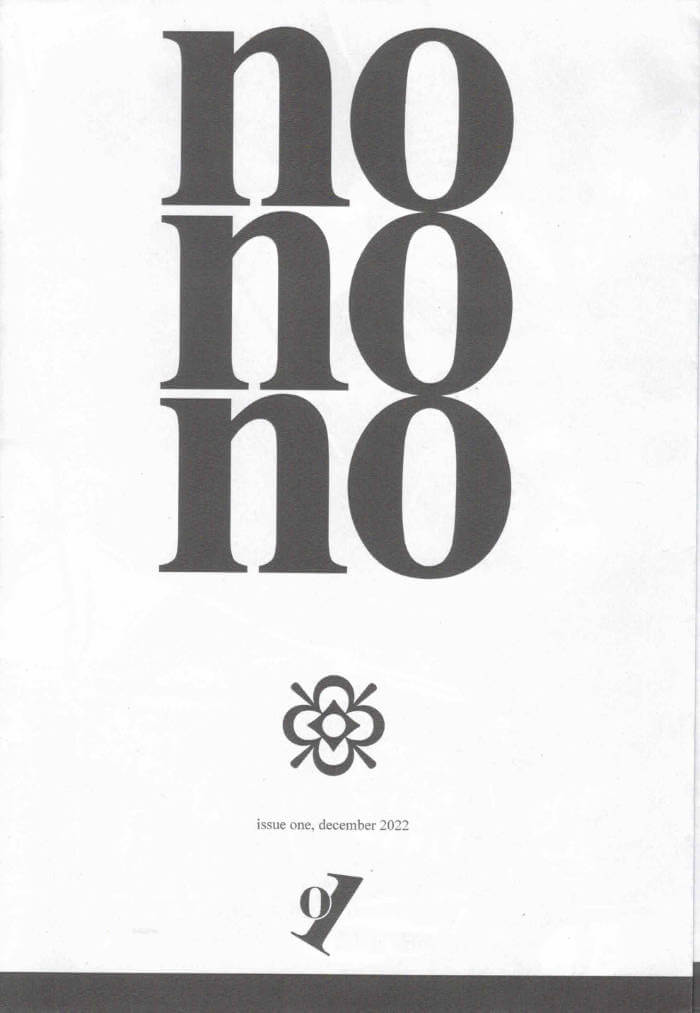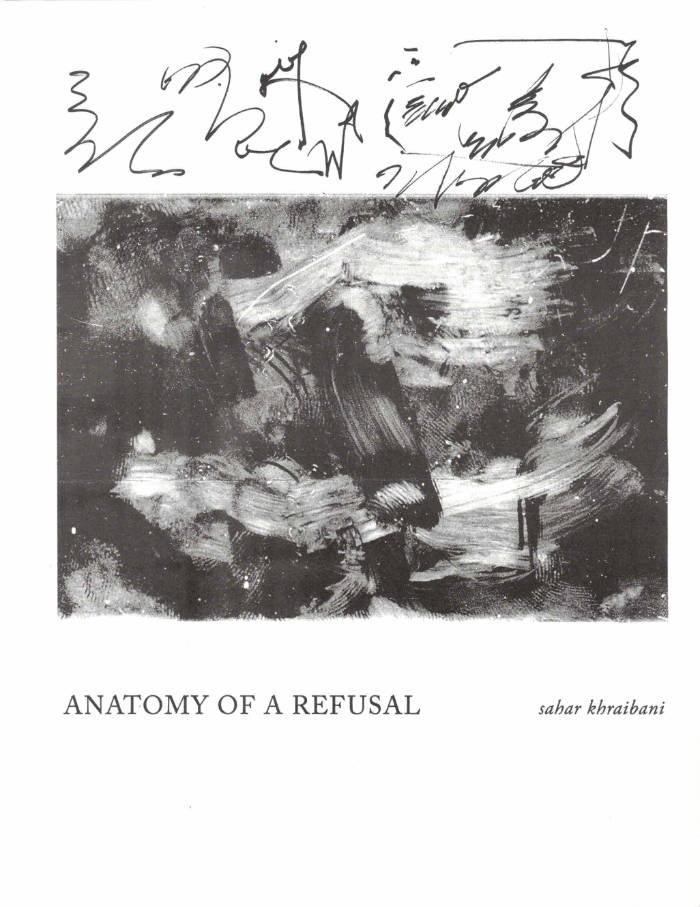
Hate Poems
no more poetry presents HATE POEMS, the the debut anthology by writer Natalie Mariko.
"I spent a lot of time with HATE POEMS. On planes, on beachfronts, in cars, on top of lovers, inside and outside cafes. In hard moments of the Southern Hemisphere and loud moments on trains in the Northern Hemisphere, and of course I was with the poems in many in between times. What it gave me was the kind of perspective shift reserved for important works of deep spiritual engagement. The book showed me how poetry simply already exists and formed a deeper understanding of the poet as a custodian to awe — a guide through space, absorbing. It is an electric read. It puts my radar on high and beacons me to find poetry. It is a book of poems that invites the reader to observe language within what they already know, and understand how there might be something worth exploring within what you call your every day. Train sounds become harmonic, street chatter becomes hypnotic and vital. The writing is observant. And so it’s bold at times, others timid or hurried, frightened or confident. This book lets many things become poetry. The poet has collected striking moments and sounds and meticulously laboured, deliberated and manoeuvred over their presentation within this book. It arrives at its most maximum, exploding in rhythmic and prosodic pleasures. A collection of motivations and melodies of vibrant transsexualism."







